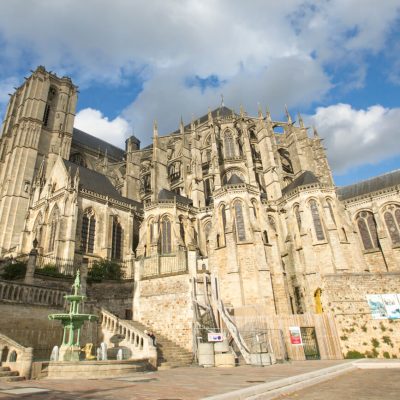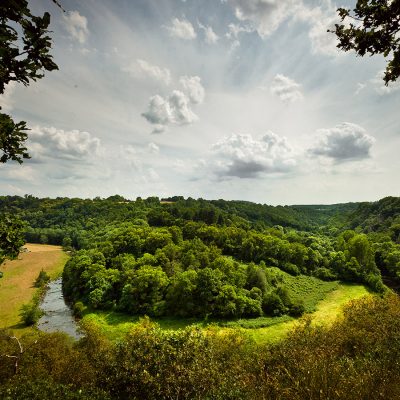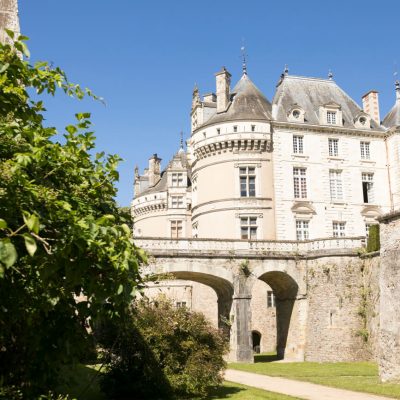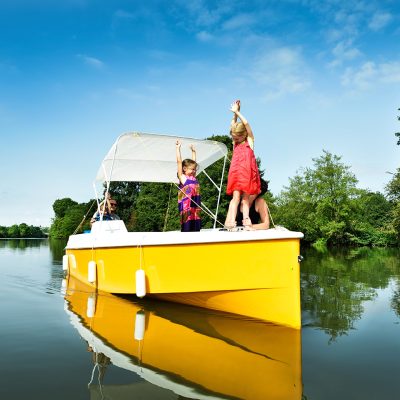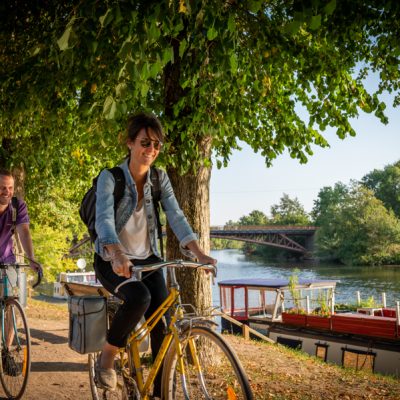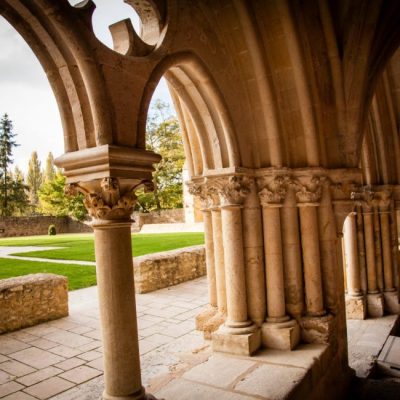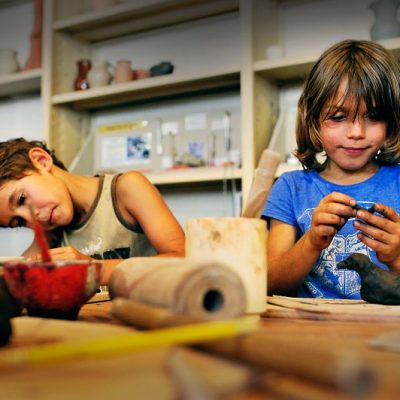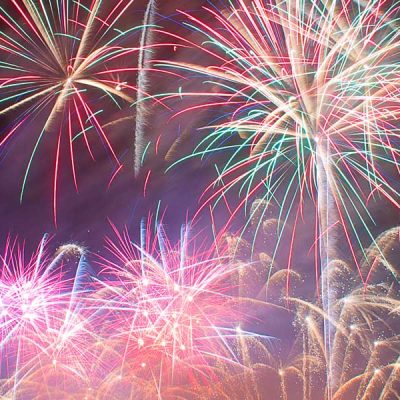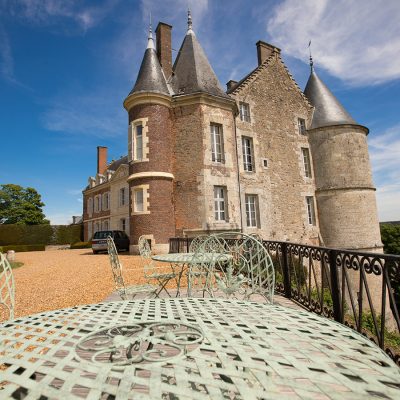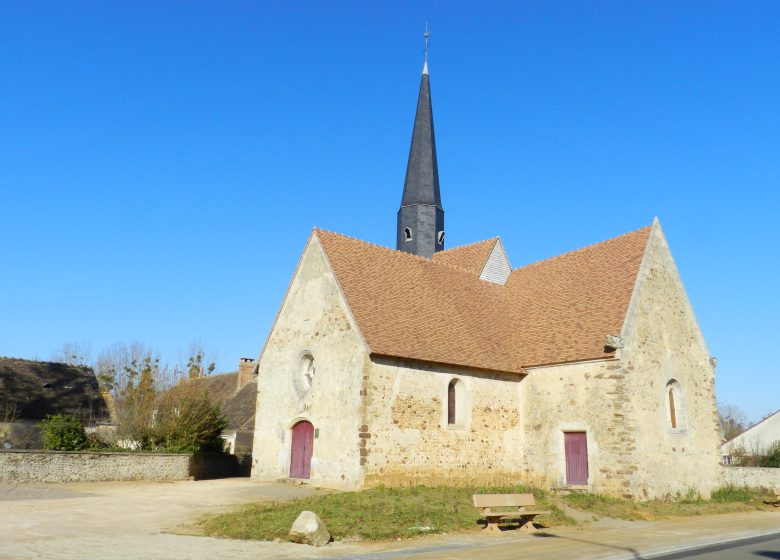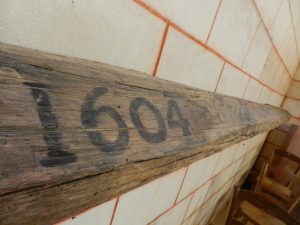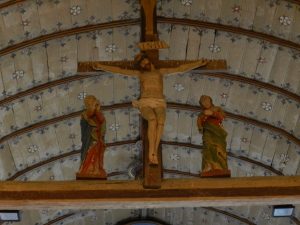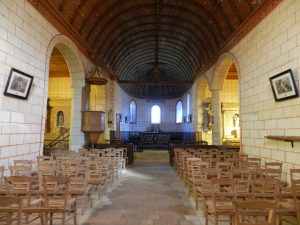The building is dedicated to the Assumption of the Virgin Mary. This parish church was probably built on the foundations of a former Benedictine priory from the 7th century, which disappeared in the 9th century.
The church is of Romanesque origin, with a single nave and an apse in the shape of a "cul de four".
At the end of the 15th and beginning of the 16th centuries, the building was extended by a transept, giving it its cross shape. A sacristy was added between the north transept and the choir in the mid-16th century.
In the 19th century, a great deal of maintenance and remodelling work was carried out. The caquetoire was removed in 1867 because it was too dilapidated. At the end of the 19th century, windows and oculi were opened and murals painted. The neo-Romanesque works and fittings were financed by M. de La Rochefoucauld, owner of the Château de Bonnétable.
In 1902, the cemetery surrounding the church was transferred. Grave markers dating from 1669 and 1724 can still be seen. The outer wall of the nave (10th or 11th century) is made of rubble stone and is the oldest part of the building. The transept features neo-Romanesque windows. The 16th-century Gothic windows were converted at the end of the 19th century to restore the building's Romanesque style. Two sculpted angels can be admired on the south side. Two coats of arms can be seen above the portal.
Inside, there is a black marble tombstone, a beam with the inscription 1604 from the previous roof frame, wooden stalls (17th or 18th century), a polychrome wooden rood beam (17th century), 17th century statues (Notre Dame d'Aulaines, St Sébastien) and a panelled vault painted by M. Renouard (artist from Le Mans).
The building has been listed as a Historic Monument since 1984.
The jewel of the ancient village of Aulaines!

